#Edo period
Text
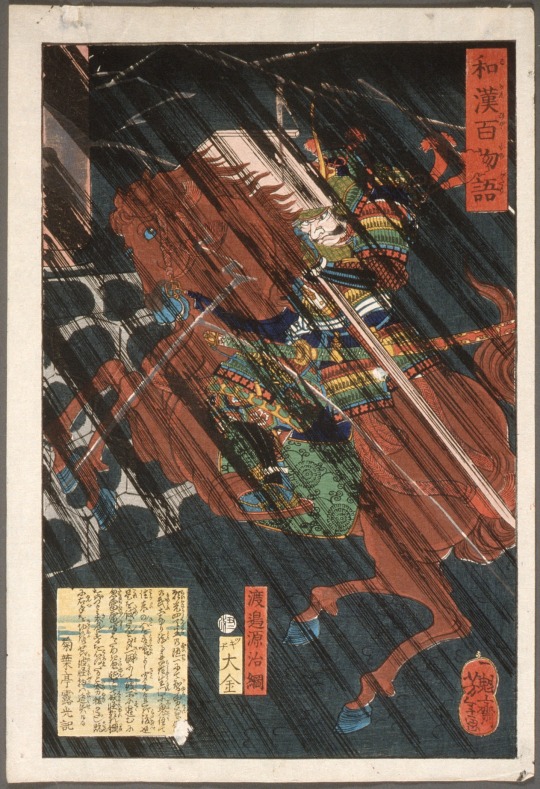
Watanabe no Tsuna on a Horse in the Rain (from the series One Hundred Ghost Tales from China and Japan), Tsukioka Yoshitoshi, 1865
#art#art history#Tsukioka Yoshitoshi#Asian art#Japan#Japanese art#East Asia#East Asian art#ukiyo-e#woodblock print#rain#rain scene#Edo period#19th century art#Los Angeles County Museum of Art#LACMA
65 notes
·
View notes
Text
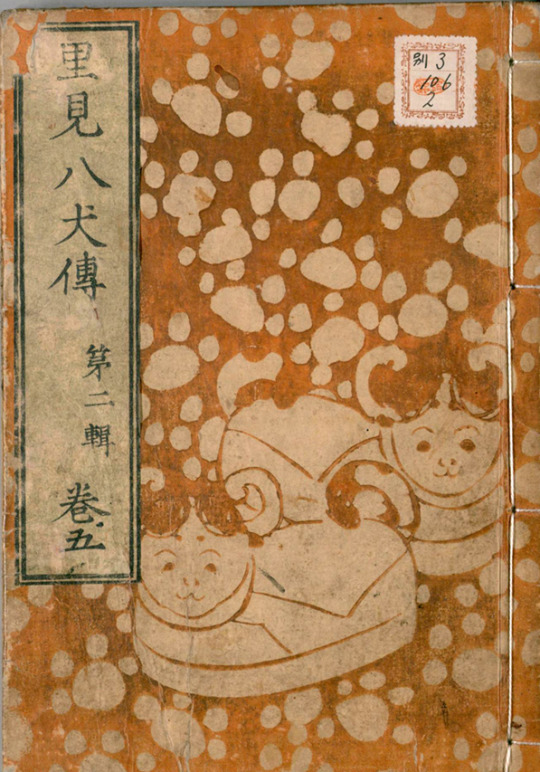

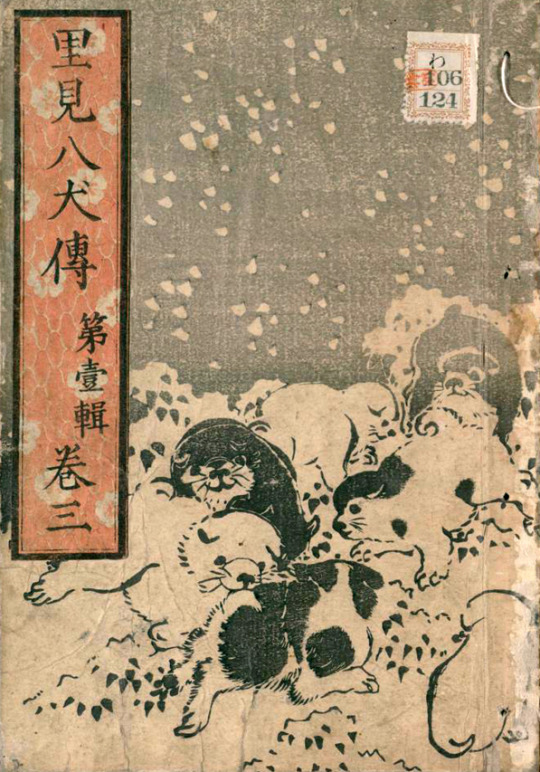


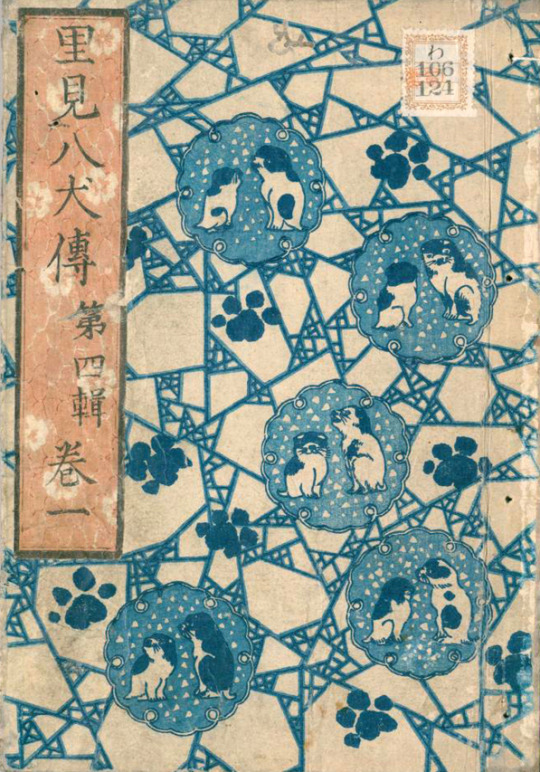

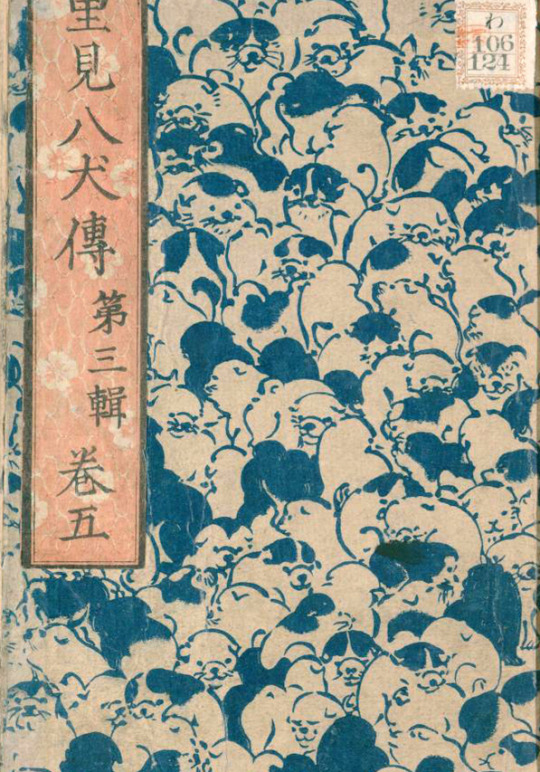


Covers for Satomi Hakkenden, a popular novel from the Edo period
4K notes
·
View notes
Text

Edo period types of hakama pants, fantastic chart by Edo-lover Nadeshico Rin. You can see here from left to right, top to bottom:
Fundomi hakama 踏込袴 - pants with a narrow bottom hem, a type of nobakama (see below)
Tattsuke hakama 裁付袴 - pants tight below the knee, sometimes refered as "ninja pants" (= Iga hakama). Those were worn by many, from samurai to servants and craftmen.
Umanoribakama 馬乗袴 - lit. "riding pants", wide hakama with high gusset split legs for confortable horse riding.
Nagabakama 長袴 - formal trailing hakama worn by samurai from late Muromachi era.
Andonbakama - skirt-like hakama worn by Meiji period female teachers and students (hence why it's sometimes called onna bakama). A boy version appeared after mid-Meiji.
Yamabakama 山袴 - daily-life work pants with narrow legs and sometimes a gathered bottom hem. Name greatly varies depending on areas and time. A direct descendant of this style are women's monpe もんぺ.
Nobakama 野袴 - shorter hakama with black velvet hem, worn by travelling samurai. It was also part of firefighters' gear.
Hirabakama 平袴 - the "classic" ankle lenght men hakama pants, with a low gusset which means it looks nice when sitting (tailoring is hence different from the umanori, see above). Also called hanbakama 半袴, those were longer than the ancient kobakama 小袴 and shorter than formal trailing nagabakama (see above).
#japan#historical fashion#fashion history#ressources#hakama#hakama pants#references#edo period#edo era#nadeshico rin#Fundomi hakama#Tattsuke hakama#Iga hakama#Umanoribakama#Nagabakama#Andonbakama#Yamabakama#monpe#Nobakama#Hirabakama#hanbakama#kobakama#japanese pants#着物#袴
1K notes
·
View notes
Text

Japanese hikeshibanten jacket depicting spider and go board, 19th Century, Seattle Art Museum
2K notes
·
View notes
Text

Fireflies in the Early Summer by Watanabe Shoka (19th Century)
#watanabe shoka#art#ukiyo-e#woodblock prints#fine art#19th century#19th century art#edo era#edo period#woodblock print#japanese art#japanese artist#nature art#fireflies#insects#summer#asian art#classic art
3K notes
·
View notes
Text
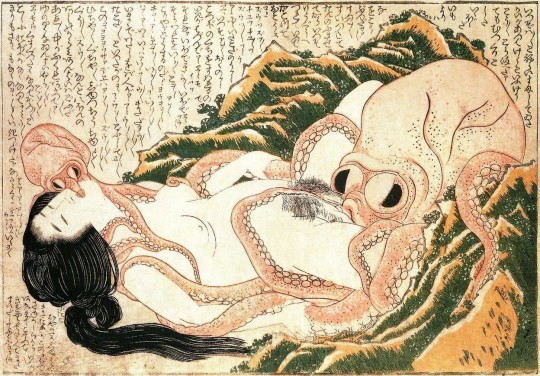
Katsushika Hokusai (1760-1849) — The Dream of the Fishermans Wife [woodblock print, 1814]
589 notes
·
View notes
Text
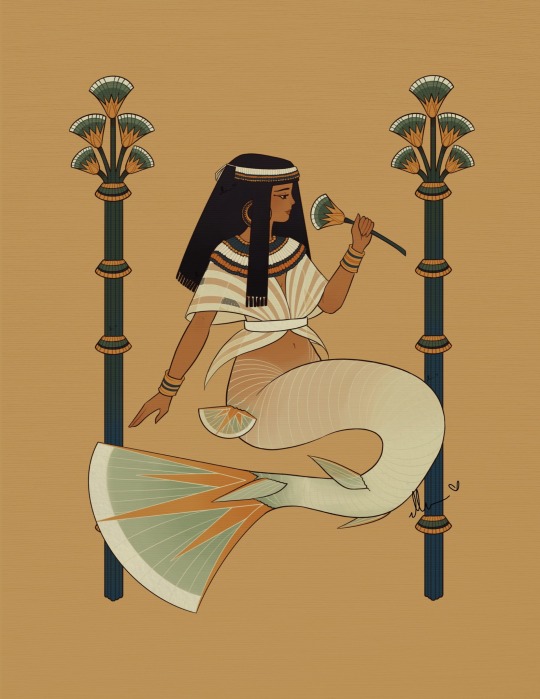


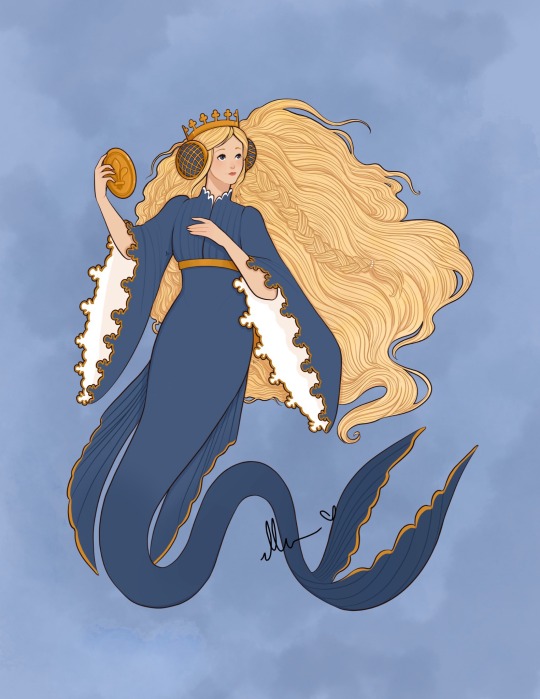

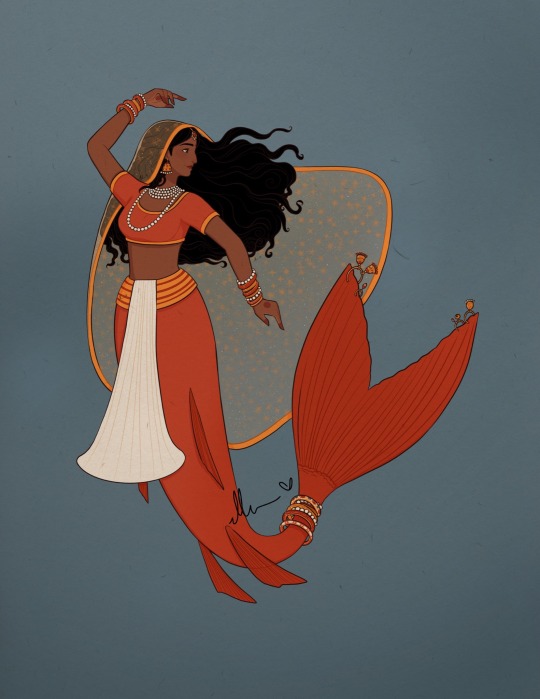


All the Historical Mermay’s together!
I had a lot of fun with this mermay prompt list by chloe.z.arts and they turned into a pretty cool collection of illustrations!
Prompt list by chloe.z.arts on instagram.
I am the artist! Do not post without permission & credit! Thank you! Come visit me over on: instagram.com/ellenartistic or tiktok: @ellenartistic
#historical mermay#mermay 2023#collection of mermaids#lnart#ellenart#historically inspired#historical fashion#it’s gonna be mermay#ancient egypt#ancient greece#tang dynasty#french medieval#italian renaissance#mughal empire#edo period#late victorian era
2K notes
·
View notes
Text

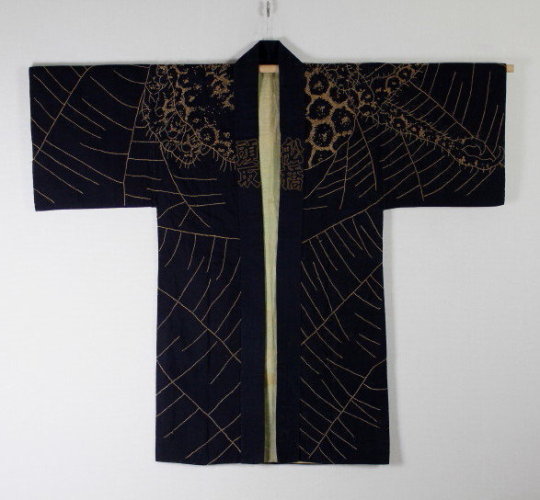
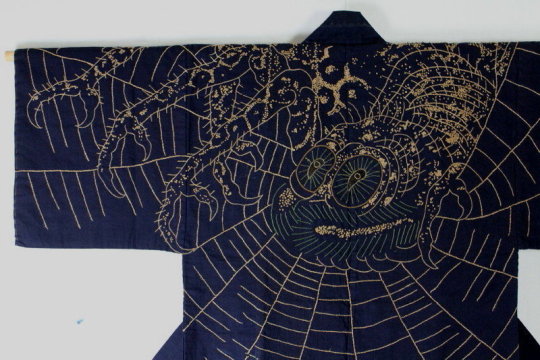


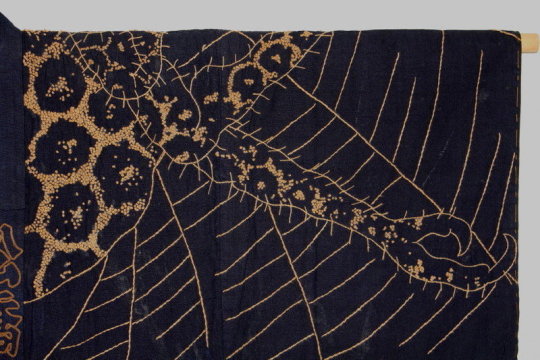

Edo era Sashiko-Embroidered Hanten
#I am floored#spider#embroidery#embroidered#sashiko#sashiko art#hanten#japanese#japan#edo#mid edo period#edo period#garb ref#japanese art#japanese clothing
6K notes
·
View notes
Text
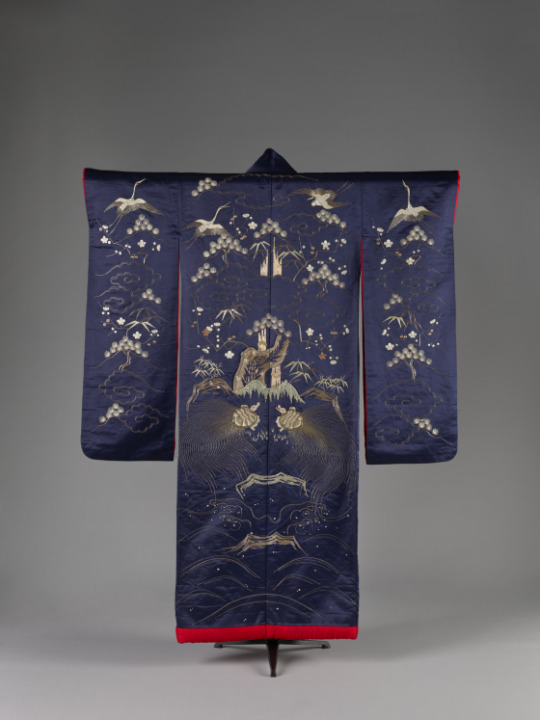
Wedding Kimono (Uchikake)
Chiba Prefecture, Japan
c.1850 (Edo Period)
Denver Art Museum
#wedding kimono#wedding#uchikake#fashion history#historical fashion#non western fashion#1850s#edo period#19th century#blue#silk#embroidery#denver art museum
697 notes
·
View notes
Text

alone in kyoto
-------------------------------------------
prints | ko-fi | commission
[edit: prints available for this one]
Crowley in Edo period Japan on her way to the beach to find out what the Fisherman's Wife was going on about.
This piece is the second of THREE that I painted for the VERY FIRST ISSUE EVER of /r/GoodOmensAfterDark's WINGZ Magazine, a filthy smut rag that all of us---editors, directors, writers, and visual artists alike---are very proud to present to you.
Check it out here:
WINGZ Mag Spring '24 (Reddit)
Direct link (PDF, 90MB)
Direct link for Mobile (PDF, 8MB)
Detail shots in full res after the jumppppppp

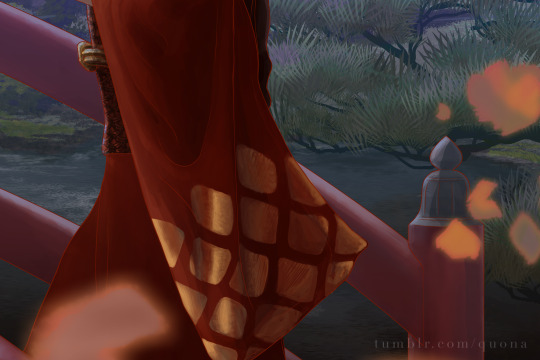


@goodomensafterdark
#crowley#edo period#good omens after dark#WINGZ magazine#good omens fanart#good omens#artists on tumblr#digital art#my art#gomens#spot the tentacles#low key monsterfucker crowley
211 notes
·
View notes
Text
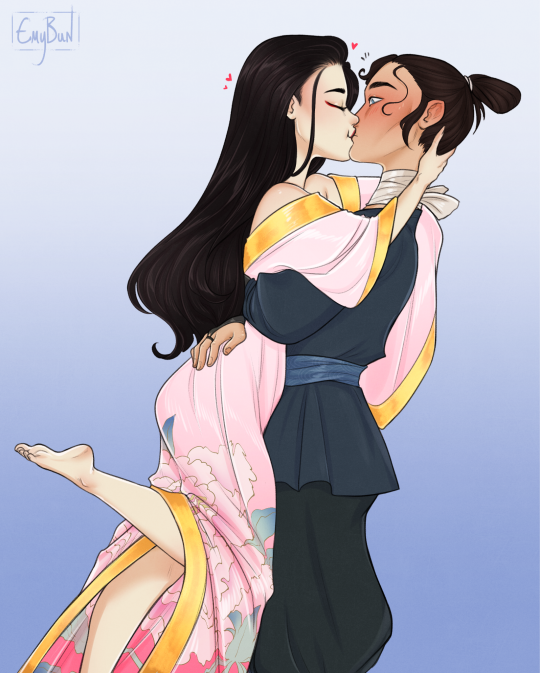
A drawing for a fanfic I'm writing, with Akemi and Mizu~
#mizu blue eye samurai#akemi blue eye samurai#blue eye samurai#lesbians#two confused bisexuals#bisexual#couple#kissing#edo period#lovers#akemi and mizu#lgbtq+
179 notes
·
View notes
Text

Black Bear Cub, Mori Shūhō, 1799
#art#art history#Asian art#Japan#Japanese art#East Asia#East Asian art#Mori Shūhō#painting#animals in art#bear#bears#black bear#winter scene#snow#ink and color on silk#Edo period#18th century art
2K notes
·
View notes
Text

Isoda Koryusai
Crow and Heron, Mid Edo period, circa 1772
#Isoda Koryusai#Crows#Edo period#japanese art#woodblock print#ukiyoe#color woodblock#japanese#woodcut
2K notes
·
View notes
Text


Samurai's ranks and dress code in Late Edo period
AMAZING reference chart put together by Nadeshico Rin, showing the different attires worn by the men of the buke class in and about Edo Castle. OP stresses the chart is by no means exhaustive - but it helps picturing things SO MUCH!
For easier reading, I have adapted the chart with english translation. Rin has also created illustrations detailing each attire, I'll translate those in coming days under the tag "samurai kimono".
You'll find the transliteration below cut:
The court ranks - Mibun 身分 or Ikai (位階)
Find more about the exact titles here.
一位 Ichii (First court rank)
三位 Sanmi (Third court rank) and 四位 Shii (Fourth court rank)
Goi 五位 (Fifth court rank)
Omemie ijô 御目見 以上, the "upper" vassals allowed to request audience with the shogun
Omemie ika 御目見 以下, the "lesser" vassals (not allowed to request audience with the shogun)
Rin does not mention the second court rank (二位 Nii) so I am not sure where this one is supposed to go ^^;
The clan/families - Kamei 家名
徳川将軍家 Tokugawa shôgunke (Tokugawa Shogun clan)
尾張徳川家 Owari Tokugawake (Owari Tokugawa clan), 紀伊徳川家 Kii Tokugawake (Kii Tokugawa clan), 水戸徳川家 Mito Tokugawake (Mito Tokugawa clan), 徳川御三卿 Tokugawa gosankyo (Secondary Tokugawa branch clans: Tayasu, Shimizu, and Hitotsubashi)
三奉行 Sanbugyô, & 下三奉行 Shimosan bugyô (magistrates, governors)
旗本 Hatamoto (general term for upper-rank vassals of the Tokugawa)
御家人 Gokenin (general term for lower-rank vassals of the Tokugawa)
Outfits TPO (Time, Place, Occasion)
第一礼服 (大礼 など) Daiichi raifuku (tairei nado) - Most formal outfit worn during State/important ceremonies, etc.
礼服 (正月など) Raifuku (Shogatsu nado) - Formal outfit, worn for events like New Year, etc.
通常礼服 (節句など) Tsûjô raifuku (sekku nado) - Regular
formal outfit, worn during seasonal festivals, etc.
平服 Heifuku - Everyday outfit
Type of outfits
Rin has released separated charts detailing the different costumes. You'll find them translated here in coming days.
束帯 Sokutai - old ceremonial court dress, first worn by Heian nobility. Attire includes the 笏 shaku (flat ritual sceptre), and 冠 kanmuri hat.
衣冠 Ikan - old ceremonial court dress, much more simpler than sokutai
布衣 Hoi - "plain" 狩衣 kariginu (which were informal clothes worn by the nobility from the Heian period and onwards)
素襖 Suô - ceremonial dress of the lower-ranked samurai
直垂 Hitatare - ceremonial court robe
狩衣 Kariginu - patterned kariginu (informal clothes worn by the nobility from the Heian period and onwards)
大紋 Daimon - 直垂 hitatare with large family crests
直衣 Nôshi - everyday robes which were first worn by males of the imperial family during Heian era, and then spread among nobility, etc.
長上下 Naga Kamishimo - outfit pairing a sleeveless ceremonial robe called 肩衣 kataginu, with trailing pants called 長袴 nagabakama
半上下 Han Kamishimo - outfit pairing a sleeveless ceremonial robe called 肩衣 kataginu, with ankle lenght pants called 半袴 hanbakama
#japan#history#fashion history#samurai kimono#samurai#nadeshico rin#edo era#edo period#shogun#tokugawa#ressources#references#Sokutai#Ikan#Hoi#Suo#Hitatare#Kariginu#Daimon#Noshi#Kamishimo#nagakamishimo#hankamishimo#kataginu#hakama#nagabakama#hanbakama#court rank#buke#warrior class
723 notes
·
View notes
Text

probably won't finish this but yay screenshot redraw
what are they even gossiping about
#trying to get used to procreate im kinda sad that i can't recreate some brushes from ibis perfectly but sigh we ball!!!#it's been fun tho :3 super cool app i don't regret getting it#it changed my style up a little cuz of the colouring technique but idk i hope it looks ok#USOPP ISNT MEANT TO BE MAD BHKJFD im posting this as a wip but i still hav e the urge to fix things up but i have class in like 5 mins ARGH#he's just very passionately shit talking#or whatever they were doing in the screencap i forgor (it was just sitting in my gallery)#op#one piece#sanji#usopp#boss luffy historical special#edo period#sanuso#usosan#okkk nothing shippy ab this art ik but when i was drawing it i was like hehe boyfriendsss so it counts. TO ME#black leg sanji#vinsmoke sanji#art#mintart#my art
134 notes
·
View notes
Text
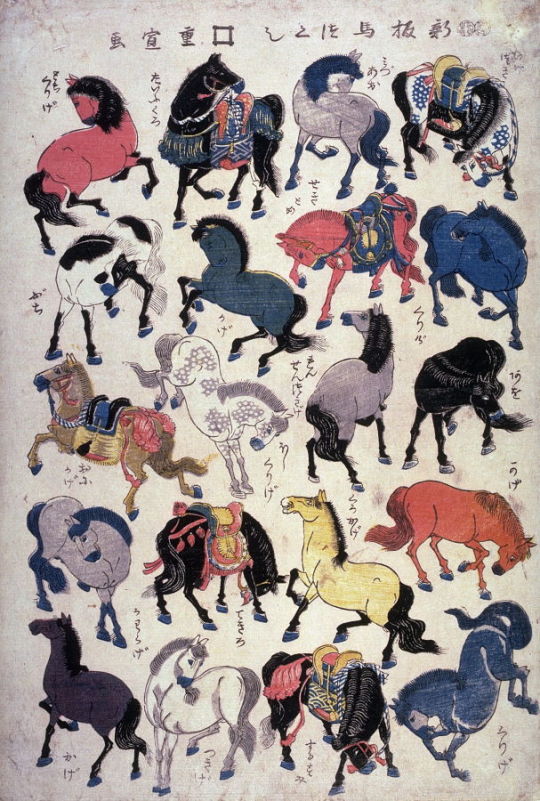
Horses, A New Publication by Utagawa Hiroshiage II (1847-48)
#utagawa hiroshige#art#ukiyo-e#woodblock prints#fine art#19th century#19th century art#edo era#edo period#woodblock print#japanese artist#japanese art#nature art#animals#horse#horses#asian art#classic art
5K notes
·
View notes